A house is a place of regeneration and rest – the concept of biophilic design
The meaning of the word í¢€Ëœbiophilia’ is as diversified as all the areas that benefited from it. The term was first used by German social psychologist Erich Fromm, however, this concept is most associated with biologist Edward Wilson and his publication under the title í¢€Å“Biophiliaí¢€.
The word popularised by Wilson spilt out to many areas: biology and psychology to neurology, sociology, evolution and finally – design and architecture.
His theory claims everything refers to the desire to reconnect with nature and what is close to nature. Check our previous article about the art of slow living. In the 1980s, the American biologist Edward O. Wilson propagated the concept of returning to nature. His theory assumes that we are inseparably, subconsciously and originally associated with nature. We draw strength, well-being and healing power from it.
(...) the desire to reconnect with nature and what is close to nature.
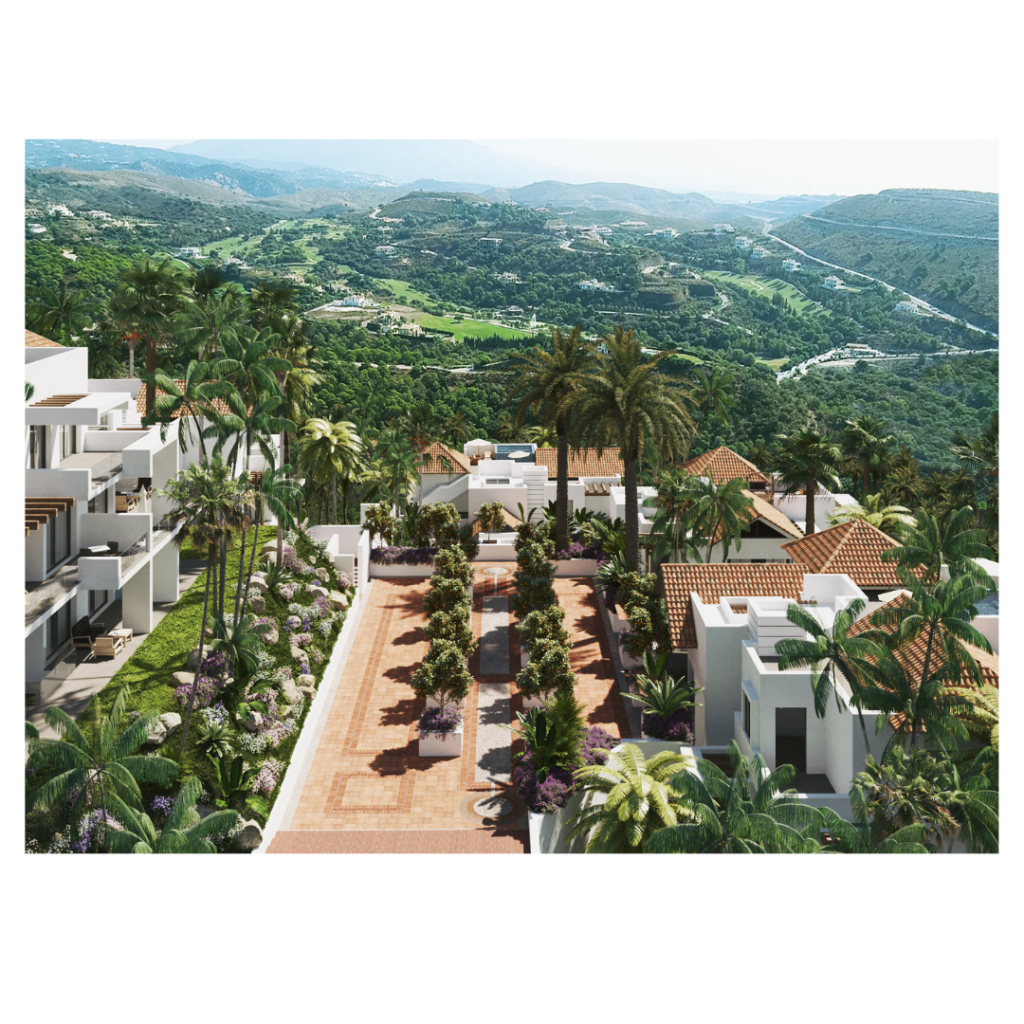
Contact with nature is able to restore the health and mental balance of the modern man – imprisoned in the urban í¢€Ëœjungle’, surrounded by smog, regularly poisoned and stressed to the limit. The word popularised by Wilson spilt into many areas: biology and psychology to neurology, sociology and evolution. Finally, the trend of returning to nature is also visible in contemporary architectural projects.
His theory assumes that we are inseparably and subconsciously associated with nature. We draw strength, well-being and healing power from it.
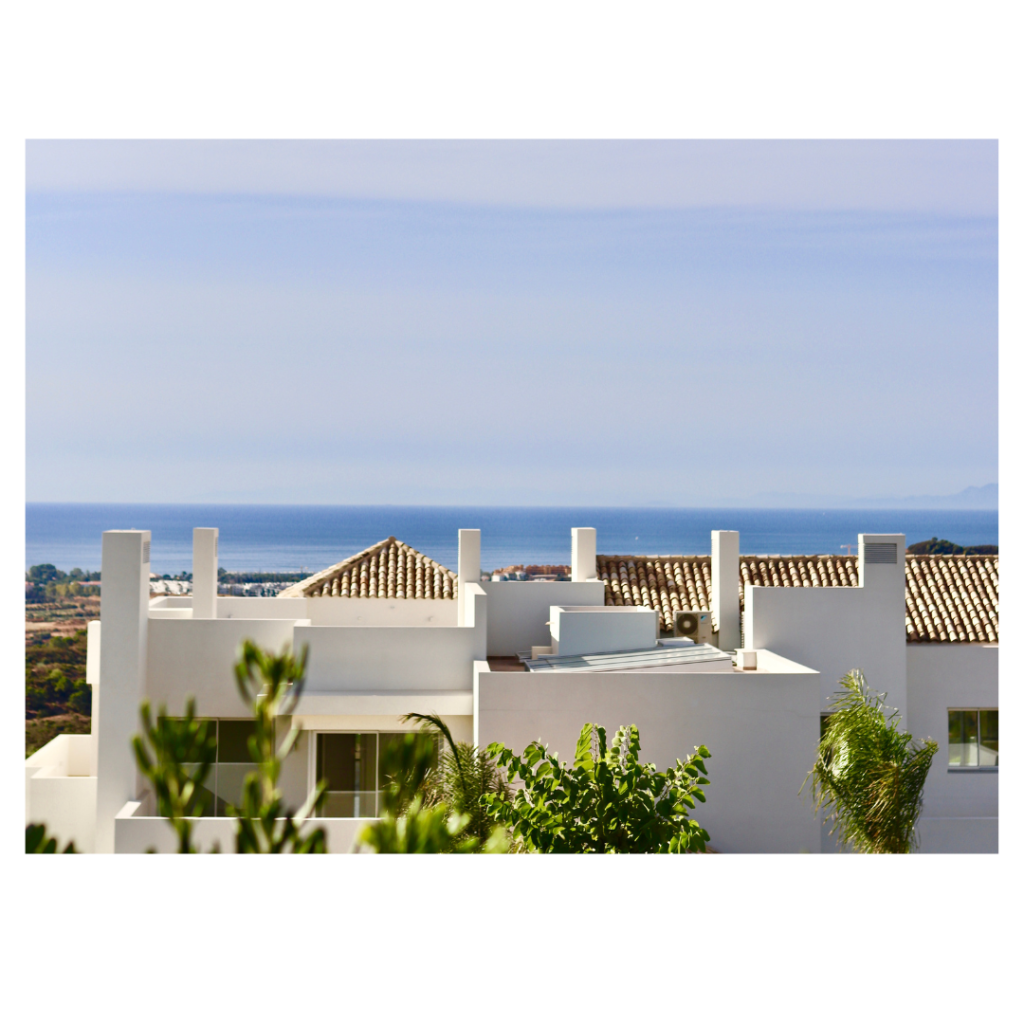
The architecture near nature – biophilic design
The house is a shelter where we can í¢€Å“hideí¢€ and escape the overwhelming hustle and bustle after a hard day. While we might not have a direct impact on the appearance of our workplaces, it is up to us how our house and its surroundings will look like. It would be wonderful if those places were all about relaxation and regeneration. They can help reduce stress and soothe nerves. They also support thinking and concentration and reduce the level of mental and physical fatigue.
It would be wonderful if those places were all about relaxation and regeneration.
With our development, the most important was to ensure to have visual contact with nature. Having large windows and glass door is a good first step, but the most important is what you'll see behind them. Is it going to be far-fetching mountain views or a wall of your neighbour's house?
From its conception, the idea of our project was clear. To bring nature closer to our homes, and allow for multidimensional contact with nature so that it has a beneficial effect on the health and well-being on the whole community. We wanted to build homes that fit well within nature, and whose surroundings are not being compromised.
The philosophy of our project is based on a deep respect for nature, ensuring that natural greenery and landscaped park areas abundantly surround contemporary Mediterranean architecture.
The project is built on a 158,000m2 plot of green valleys, mountains and golf courses with only 5% of it being used for the actual construction. Each apartment comes with panoramic sea views of Gibraltar and the coast of Africa.
The philosophy of our project is based on a deep respect for nature, ensuring that natural greenery and landscaped park areas abundantly surround the contemporary Mediterranean architecture.
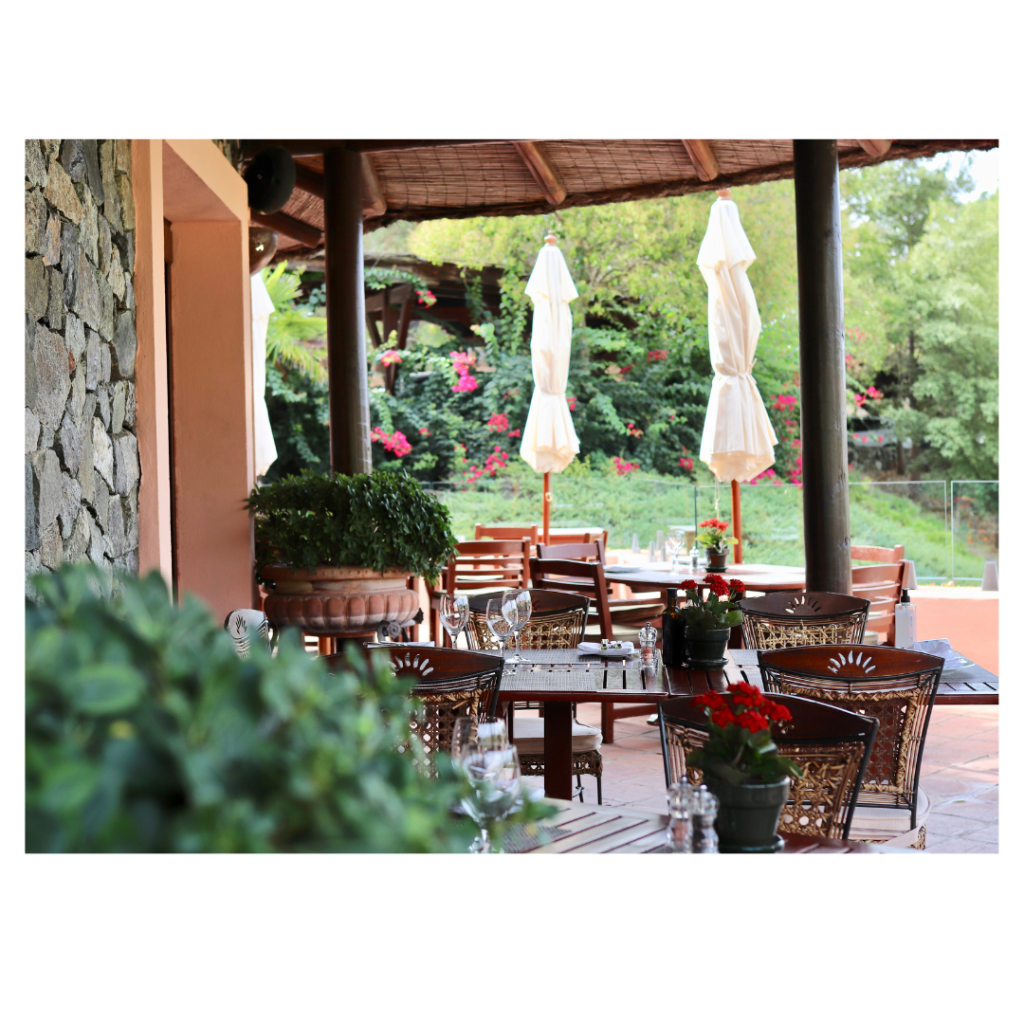
How can one achieve biophilic design?
Biophilic design can't be seen through the prism of single solutions. When design is based on biophilia, i.e. love of all forms of life, one needs to be aware of a few principles. If they are respected, it will be possible to create a living space similar to the natural environment. How to achieve biophilic design?
Rule # 1 - ZOOM IN TO NATURE
Let's start with establishing a visual contact with nature, i.e. designing in such a way that trees, the sky, and even part of the garden, park or forest are visible through the window. Biophilia does not avoid large glazing and panoramic windows. These treatments blur the line between inside and outside and become one of the favourite tricks of designers. Equally important is biodynamic lighting, i.e. systems imitating the availability of sunlight in rooms where this light is lacking. All this positively influences mood, condition and health, including the quality of sleep and reducing stress.
Rule # 2 - PATTERNS AND TEXTURES
The dominant structural elements are wood or various types of stones, and when it comes to textures, those inspired by the natural environment are in the lead. Colours and patterns are also important. This is due to the need to recreate the environment as close as possible to that experienced in the bosom of nature. In addition, the comfort of people staying in a given interior increases their joy and well-being, and tropical motifs, like nothing else, can stimulate greater creativity and productivity.
Rule # 3 - SUSTAINABLE MATERIALS
Wood dominates among the materials, both constructional and decorative, that are used in the arrangement. It is the guardian of the biophilic revolution, raised by architects to the rank of the main element, both in architectural installations, as well as in furniture and finishing materials. Recycled and sustainably sourced wood is highly desirable.
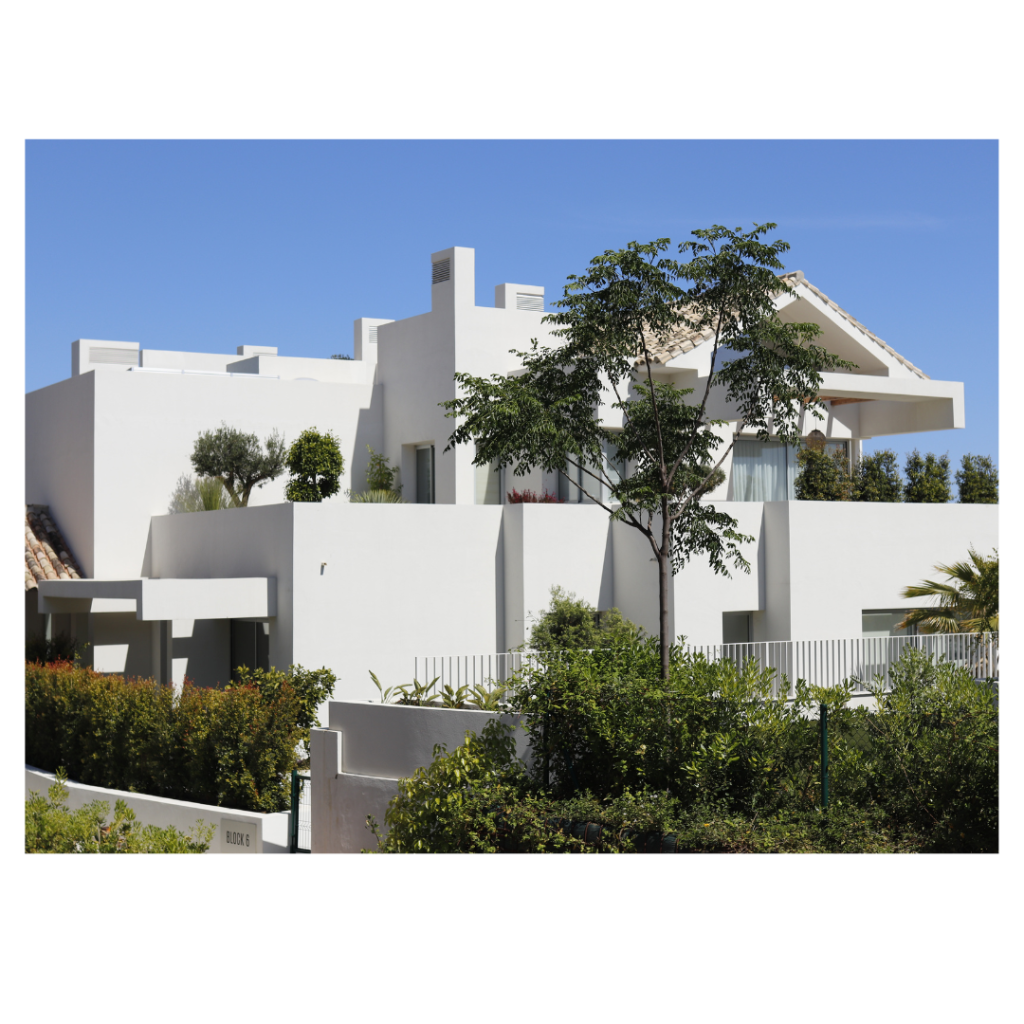
Rule # 4 - A LOT OF PLANTS
For a long time, a clear expansion of greenery and plant-based designs has been noticeable in the interiors. One of the first postulates of biophilic design is to introduce living nature to interiors, but it is enough to follow the development of trends to see that architects and designers increasingly treat green installations as an important element of interior design, e.g. in offices. Plants are no longer a complement to the arrangement but often become its basis. Green walls, roofs, trees and shrubs in the interiors, as well as biomorphic accents directly refer to the world of nature. Benefits? Priceless! Green inspires, relieves stress and improves well-being.
Rule # 5 - WELL-BEING
The well-being of people staying in a given interior is at the centre of interest in biophilic design. As you know, not only in public spaces, the sense of comfort is inextricably linked with the sense of privacy. Nature in the interior creates a substitute for shelter. Everyone needs to escape into the bosom of nature, peace and relaxation. Sometimes, however, you do not need to run away, it is enough to create such an enclave in your own home.
Rule # 6 - COLOURS AND SHAPES
Colours play an extremely important role in designing in harmony with nature. All shades found in nature, i.e. earth colours, various shades of green, blue, red or ocher, will certainly work. Green in a dark bottle shade has been very popular in recent seasons. On the other hand, off-white or sand beige will bring a breath of freshness to the interior.
Biophilic design is also very visible in the shapes of objects. Streamlined, rounded forms of wooden furniture, and soft lines of sofas and armchairs evoke associations with nature, they imitate it. Symbolic biomorphic forms and patterns refer to shapes and textures found in nature.
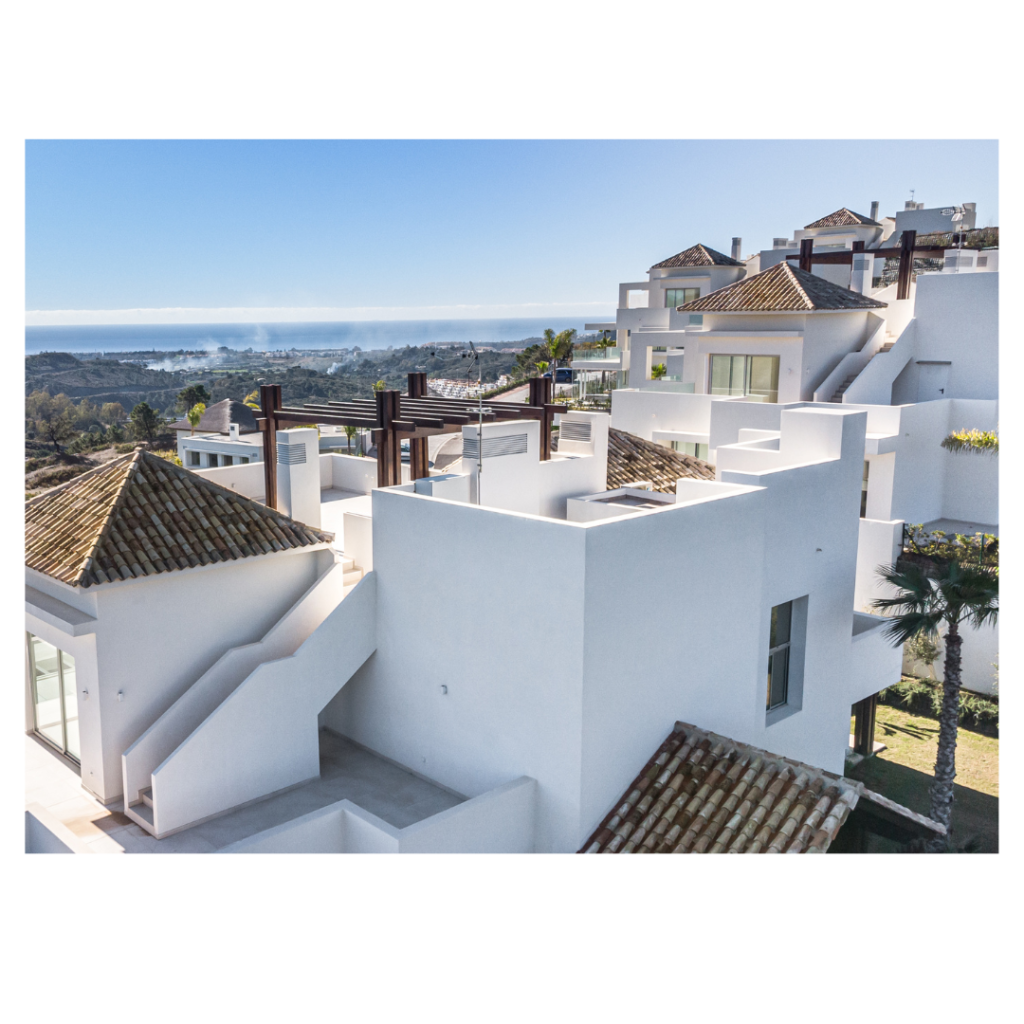
We are happier surrounded by nature, we like the company of plants and animals. We like the smell and feel of fresh air. When building our homes, we ensure that it is not just a place to live, but also a space for regeneration of strength and well-deserved relaxation – your private sanctuary.

